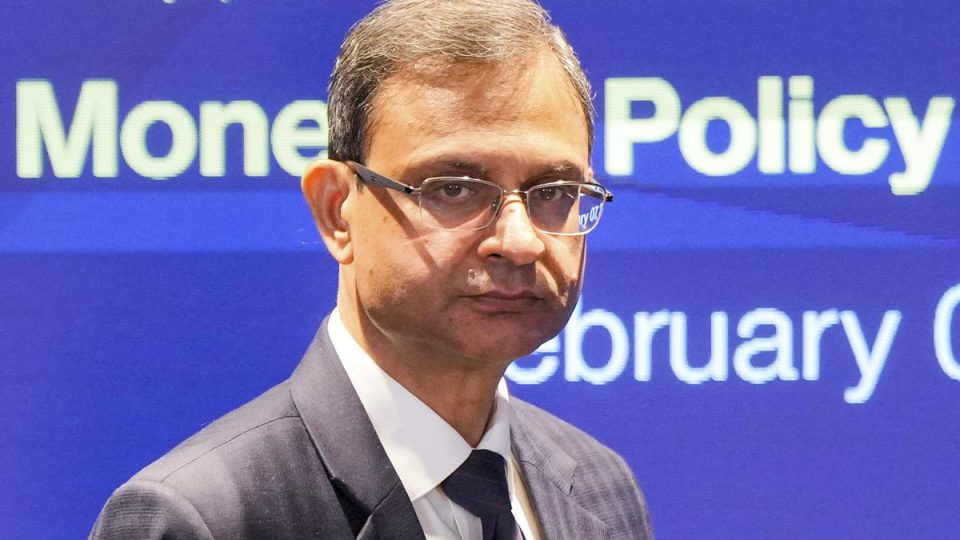RBI Cuts Repo Rate by 0.25% to 6.25%, Making Home and Car Loans Cheaper
RBI Cuts Repo Rate by 0.25% to Boost Growth: First Reduction Since May 2020
In a significant move to support economic growth, the Reserve Bank of India (RBI) has lowered the repo rate by 25 basis points (bps) to 6.25%. This marks the first rate cut in nearly five years, signaling a shift in monetary policy aimed at fostering economic expansion while ensuring inflation remains under control. The decision comes shortly after the Union Budget for 2025-26, which introduced tax relief measures worth ₹1 lakh crore to stimulate urban consumption.
Repo Rate Cut: A Boost for Borrowers
The repo rate, which determines the rate at which the RBI lends to commercial banks, has now been reduced from 6.5% to 6.25%. This move is expected to make loans for homes, cars, and other purposes more affordable, easing the financial burden on borrowers. The last repo rate cut was in May 2020, when the RBI slashed it to 4% in response to the economic impact of the COVID-19 pandemic. Since 2022, however, the central bank had been steadily increasing rates.
Inflation and Growth Outlook
The RBI’s Monetary Policy Committee (MPC) has projected real GDP growth of 6.7% for 2025-26, up from the estimated 6.4% for the current year. The committee remains cautiously optimistic, noting that inflation is expected to moderate further, with projections indicating:
- 4.5% in Q1 of 2025-26
- 4.0% in Q2
- 3.8% in Q3
- 4.2% in Q4
This trajectory suggests a stable economic environment, provided external factors such as geopolitical tensions, trade policies, and market volatility remain manageable.
Neutral Monetary Policy Stance
RBI Governor Sanjay Malhotra emphasized that despite the rate cut, the central bank will maintain a neutral monetary policy stance. The focus remains on aligning inflation with the target while simultaneously supporting growth. “The MPC remains unambiguously committed to ensuring that inflation aligns with the target in a sustainable manner,” he stated.
Mixed Trends in Demand and Consumption
While rural demand has shown an uptrend, urban consumption continues to exhibit mixed signals. However, the combination of tax benefits from the Union Budget, improving job conditions, and stabilizing inflation is expected to positively impact household consumption.
Stabilizing the Rupee and Managing Liquidity
Addressing concerns about the rupee’s recent fluctuations, the RBI reiterated that its intervention in the foreign exchange market is focused on reducing excessive volatility, rather than targeting a specific exchange rate. As of January 31, India’s foreign exchange reserves stood at $630.6 billion, providing an import cover of over 10 months.
Additionally, the RBI acknowledged the tight liquidity conditions experienced in December and January. Governor Malhotra assured that proactive measures will be taken to ensure liquidity remains stable in the financial system.
Conclusion
With the repo rate cut, the RBI aims to balance growth and inflation control, offering relief to borrowers and stimulating economic activity. While external risks persist, a steady decline in inflation and improved domestic consumption could support a stronger economic outlook for 2025-26. The central bank remains watchful, ready to take necessary steps to maintain financial stability and economic resilience.

